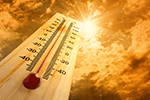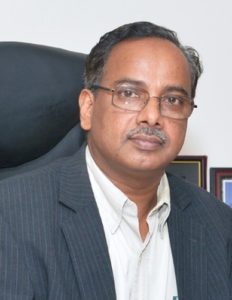We are delighted to announce that Understanding and Reconstructing Biointerfaces with 3D Soft Nanolithography will be held in London, United Kingdom on 3 – 5 July 2019.
Recently, groups from different fields have been making significant advances in creating the printing tools, chemical reactions, and analytical approaches for developing and studying 3D nanostructures composed of glycans and glycomimetics. This Faraday Discussion aims to bring these communities together in a single symposium to create a new language for approaching the challenge of carbohydrate-based biointerfaces ranging from researchers who focus entirely on printing tools, surface chemistry, binding thermodynamics, and glycobiology, and others whose nascent efforts to combine these are leading to groundbreaking new materials and a revolutionary understanding of these unconventional surface interactions, where multivalency and cooperativity have an outsized role. This symposium will show how chemistry, particularly the combination of physical and organic chemistry, will continue to drive advances in the field, and provide new approaches to understanding, and in turn, creating biomimetic materials with precisely controlled nanoscale structure in three dimensions.
The themes of this Faraday Discussion will be:
- Multidimensional Micro- and Nano-printing Technologies
- Preparation of Multivalent Glycan Micro- and Nano-Arrays
- Glycan Interactions on Glycocalyx Mimetic Surfaces
- New Directions in Surface Functionalization and Characterization
For more information, please visit the event web page.













